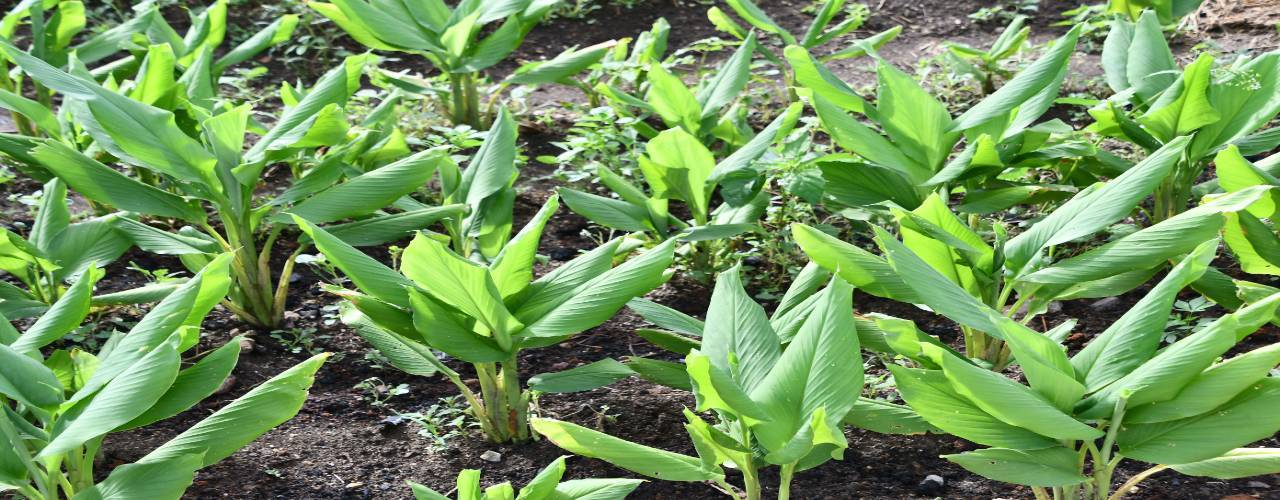According to Liberty Hyde Bailey, an American scholar who can be considered as one
of the Fathers of Horticultural Science, “Horticulture is the growing of flowers,
fruits and vegetables and of plants for ornament and fancy”. Horticultural science
is the only plant science that incorporates both the science and aesthetics of plants.
It is the science and art of producing edible fruits, vegetables, flowers, herbs,
and ornamental plants, improving, and commercializing them. Horticulture impacts our
lives on a daily basis by providing nutritious fruits and vegetables, offering visual
enjoyment, and promoting recreational activities (ashs.org). The human body needs
vitamins, proteins, mineral and also carbohydrates in their meal or diet and the consumption
of fruits and vegetables meet this need.
The Horticulture sector is an important entity which provides products for food and
foreign exchange and therefore, a significant source of income. Plants are used as
medicine to treat or cure diseases and the consumption of green vegetables and fresh
fruits, and juices also prevent us from different chronic or acute disease. It is
more profitable since the average income per unit area is more in horticultural crops than
agricultural crops. Through the horticulture sector, employment is also generated
in doing different field operations like fruit picking, harvesting, grading, packing,
and selling. Farmers growing high-value crops, such as fruits, vegetables, flowers,
or herbs, consistently earn more than those growing other commodities. Horticulture
can be an engine for agricultural and economic diversification. The importance of
horticulture in improving the productivity of land, creating employment, improving
economic conditions of the farmers and entrepreneurs, enhancing exports and, above
all, providing nutritional security to people, is now widely acknowledged.



